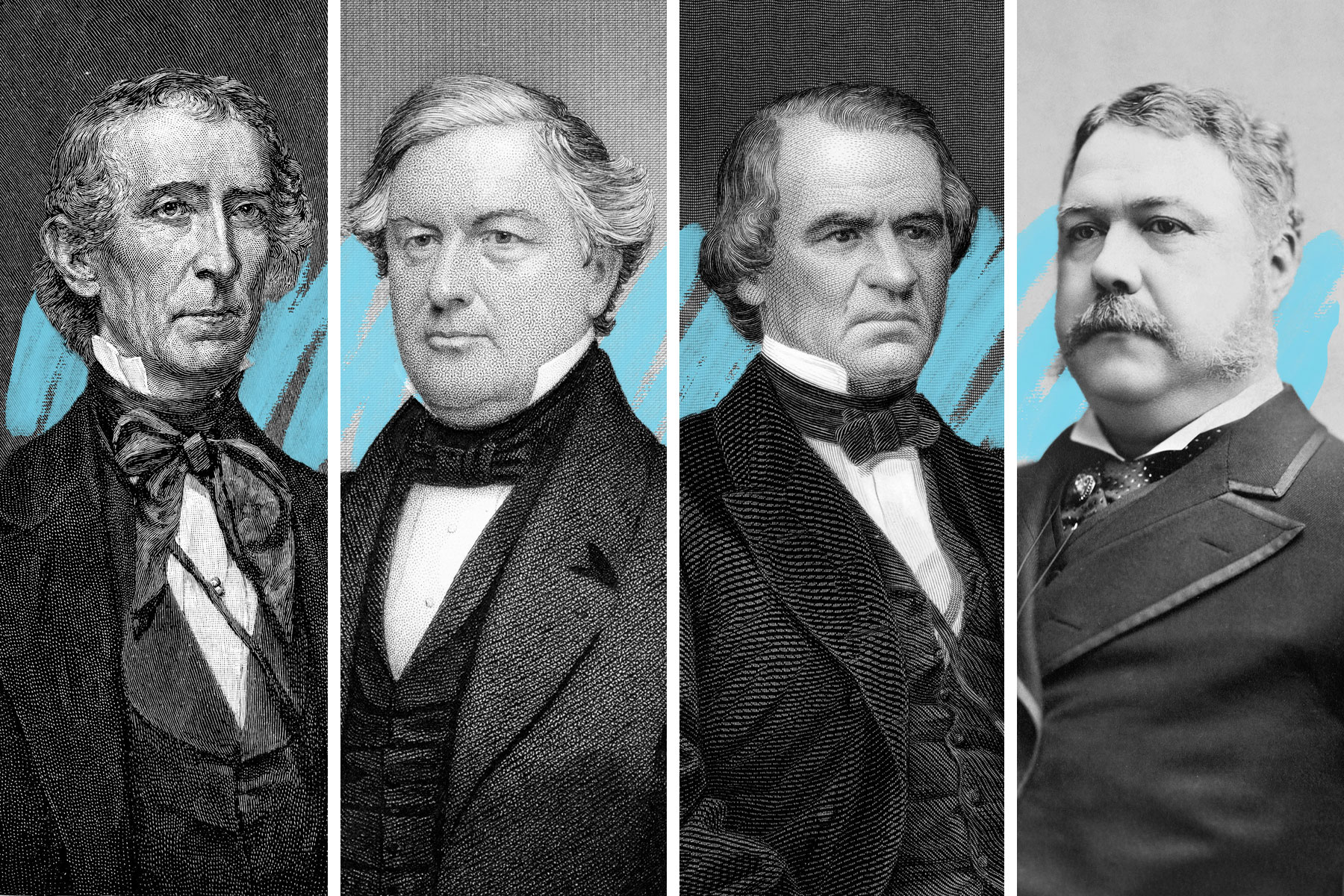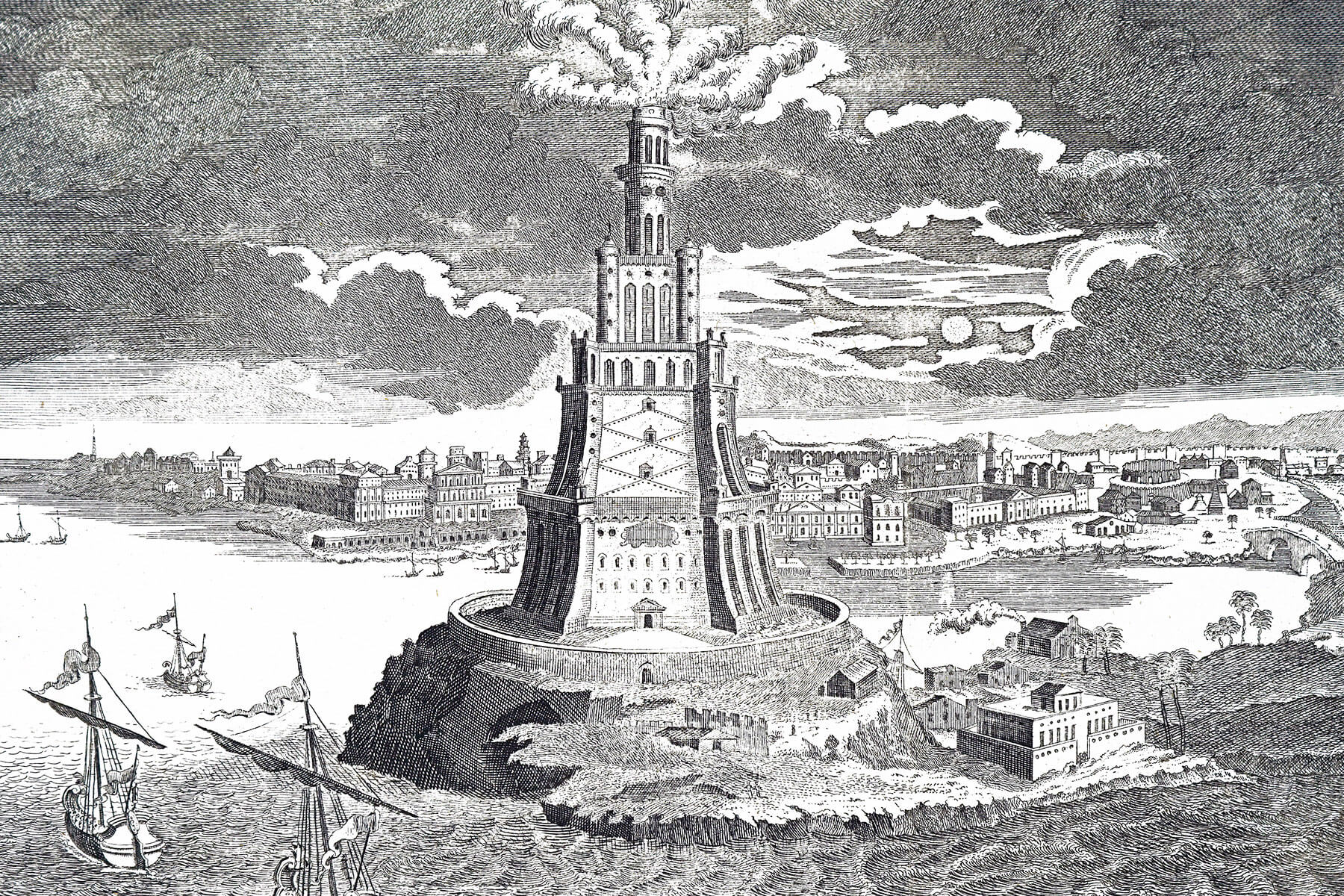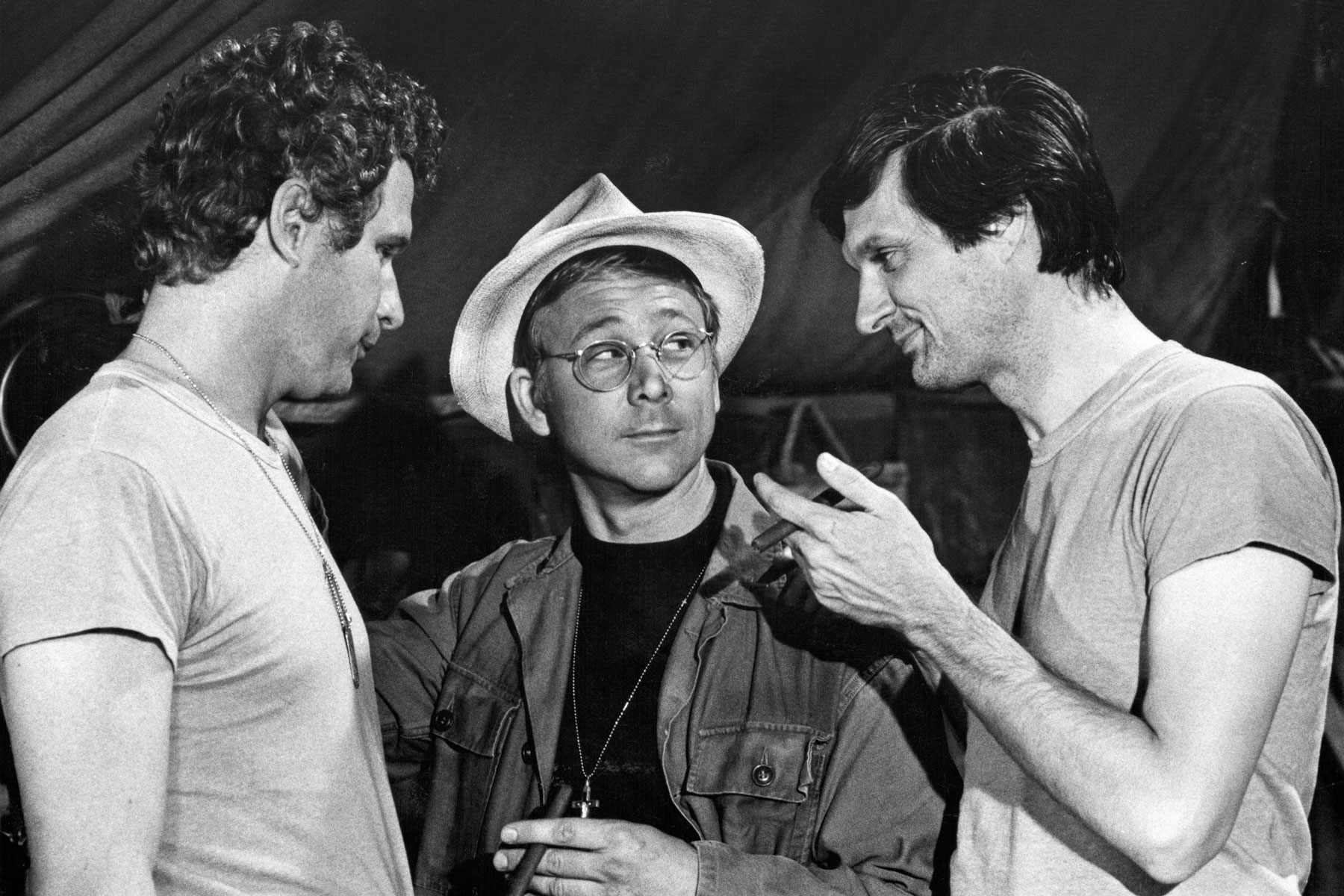A president without a vice president is like a captain without a first mate, but some U.S. presidents — four, to be precise — have nevertheless had to serve without one. |
| |
| |
|
 |
|
| A president without a vice president is like a captain without a first mate, but some U.S. presidents — four, to be precise — have nevertheless had to serve without one. They were John Tyler (1841-1845), Millard Fillmore (1850-1853), Andrew Johnson (1865-1869), and Chester A. Arthur (1881-1885), all of whom ascended to the presidency when their predecessors died in office. Because the 25th Amendment didn't lay out an official process for naming a new VP in such an event until 1967, those four commanders in chief simply went without one. All four failed to win reelection; some even failed to secure their party's nomination and therefore never had the chance to select a running mate. |
|
|
| That, however, is not the norm. Nearly one-third of all U.S. presidents formerly served as vice president, including eight who took office after the death of a former president. When a president's two terms are up, the veep is often considered the party favorite for the next election — a precedent set by John Adams, the country's first vice president, who was elected its second president after George Washington left office. It doesn't always work out, however. A number of VPs have unsuccessfully run for president, including John Breckinridge in 1860 and Al Gore in 2000. |
|
 |  |
|
|
 |
|
| |
|
| Vice presidents in American history | | | 49 |
| | | Vice presidents who later became president | | | 15 |
| | | Vice presidents who later became president | | | 15 |
|
|
|
| Tie-breaking Senate votes cast by John Adams, the most of any VP | | | 29 |
| | | U.S. vice presidents sworn in on foreign soil (William King) | | | 1 |
| | | U.S. vice presidents sworn in on foreign soil (William King) | | | 1 |
|
|
|
 |
|
 | | Did you know? |
|
|
One president was never elected president or vice president. |
|
| While it's true that several vice presidents who later held the top job were never technically elected president, they were at least elected VP as part of the presidential ticket. Not Gerald Ford, who had perhaps the most roundabout path to the Oval Office of any commander in chief. He became VP on December 6, 1973, less than two months after his predecessor, Spiro Agnew, resigned amid a tax evasion scandal, and he ascended to the presidency upon Richard Nixon's own resignation just nine months later. After serving the remaining two years of what would have been Nixon's full second term, Ford lost his reelection bid to Jimmy Carter in 1976 — in part, many believe, because of his decision to pardon Nixon. |
|


Lainnya dari

















0 comments:
Post a Comment